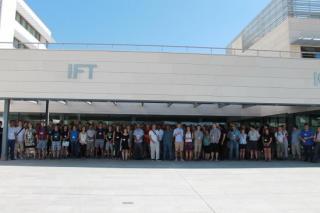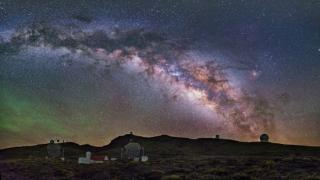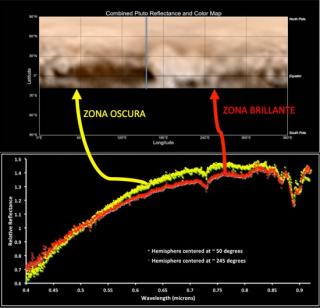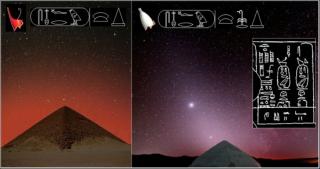
La película se estrenará en octubre y estará disponible para todos los planetarios y cúpulas que lo soliciten
Advertised on
This section includes scientific and technological news from the IAC and its Observatories, as well as press releases on scientific and technological results, astronomical events, educational projects, outreach activities and institutional events.





